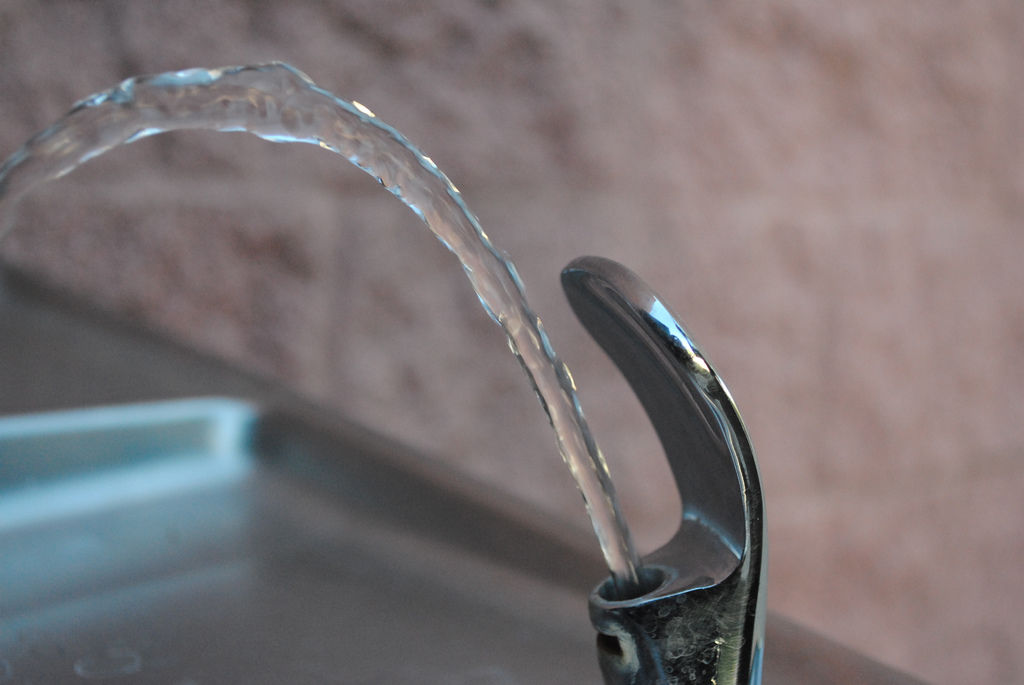District’s approach to testing lead in water needs to change now
I have long been concerned about the conditions in our schools that affect the health and safety of our children and staff. Exposure to lead, whether in water or paint, is one of the most worrisome conditions. The World Health Organization, American Medical Association, and the American Academy of Pediatrics have concluded that there is no safe level of lead exposure in our drinking water and that, to the extent possible, all lead exposure should be eliminated.
The June 2016 policy statement of the American Academy of Pediatrics reported: “Water typically contributes to about 20% of a child’s blood lead concentrations if the water lead concentration exceeds 5 parts per billion [ppb]” (emphasis added). Also reported in this policy statement is the conclusion that despite the current Action Level of 15 ppb established by the U.S. Environmental Protection Agency as an “administrative tool” to evaluate exposure, “the maximum contaminant level goal, the value the EPA deems acceptable for health, is 0.”
I applaud the District’s agreement to test all schools and drinking water outlets for lead, but more action is still needed in four key areas:
- Lowering the action level from 15 ppb to 10 ppb.
- Shortening the 18-month timeframe for sampling and reporting data from all schools.
- Reviewing and upgrading sampling practices and approaches.
- Requiring real transparency and substantive participation of stakeholders.
From: District’s approach to testing lead in water needs to change now
By: Jerry Roseman
Photo: The Notebook
